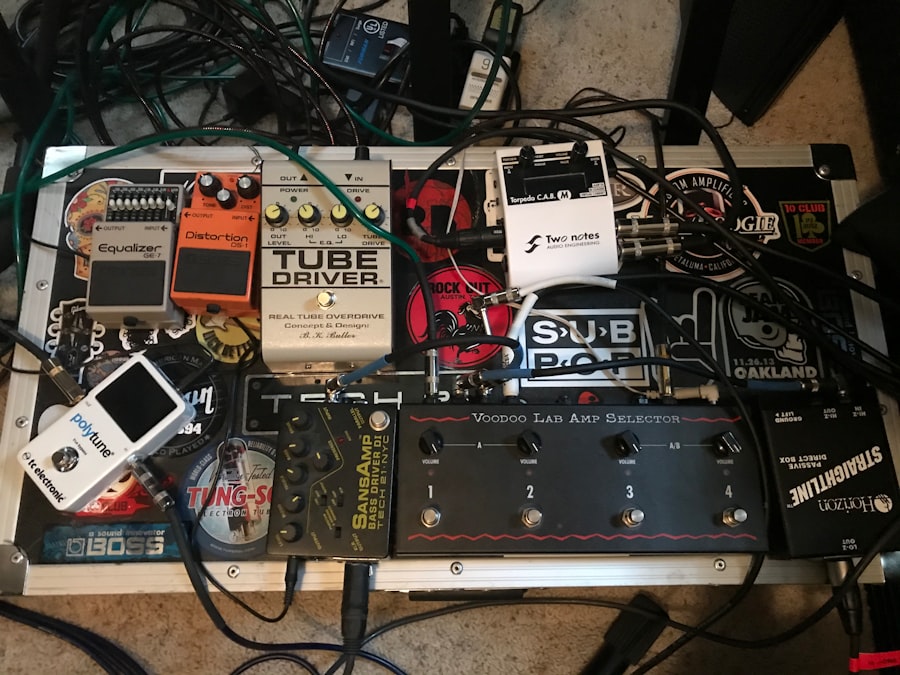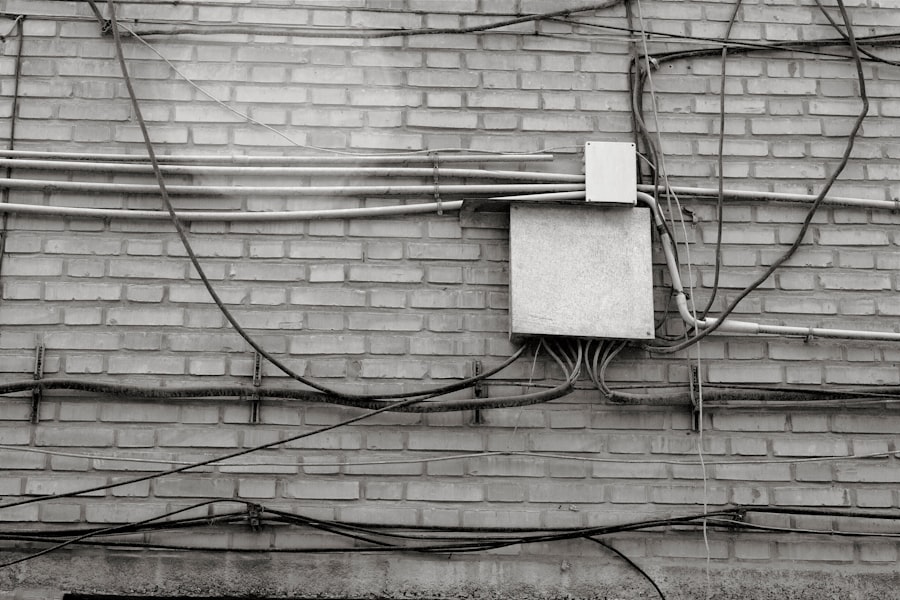The LS engine family, renowned for its performance and versatility, has become a popular choice for engine swaps in various vehicles. However, integrating an LS engine into a non-factory application requires a comprehensive understanding of its wiring system. The LS standalone wiring harness diagram serves as a crucial tool for enthusiasts and professionals alike, providing a visual representation of the electrical connections necessary for the engine to function optimally.
This diagram simplifies the complex web of wires, connectors, and sensors, allowing users to navigate the installation process with greater ease. A standalone wiring harness is designed to operate independently of the original vehicle’s wiring system, making it ideal for custom builds or retrofits. It typically includes all the essential components needed to run the engine, such as the engine control unit (ECU), fuel pump relay, and various sensors.
By utilizing a standalone harness, builders can eliminate unnecessary wiring and components that are not relevant to their specific application, streamlining the installation process and enhancing reliability. Understanding the intricacies of the LS standalone wiring harness diagram is essential for anyone looking to harness the full potential of an LS engine in a custom setup.
Understanding the Components of the LS Standalone Wiring Harness
To effectively utilize an LS standalone wiring harness, one must first familiarize themselves with its key components. At the heart of this system is the engine control unit (ECU), which serves as the brain of the operation. The ECU processes input from various sensors, such as the throttle position sensor (TPS), mass airflow sensor (MAF), and oxygen sensors, to manage fuel delivery and ignition timing.
A thorough understanding of how these sensors interact with the ECU is vital for troubleshooting and optimizing engine performance. In addition to the ECU, the wiring harness includes several connectors that link various components together. These connectors are often labeled for easy identification and are designed to withstand harsh automotive environments.
For instance, the fuel injector connectors are critical for delivering the right amount of fuel to each cylinder, while the ignition coil connectors ensure that each spark plug receives the necessary voltage to ignite the air-fuel mixture. Furthermore, the harness may also include provisions for additional features such as electric fans, gauges, and even aftermarket accessories, allowing for greater customization based on individual needs.
Step-by-Step Installation Guide for LS Standalone Wiring Harness

Installing an LS standalone wiring harness requires careful planning and execution to ensure a successful integration with your vehicle. The first step in this process is to gather all necessary tools and components, including the wiring harness itself, connectors, heat shrink tubing, and electrical tape. It is also advisable to have a multimeter on hand for testing connections throughout the installation.
Once you have everything ready, begin by disconnecting the battery to prevent any electrical shorts during installation. Next, lay out the wiring harness in a manner that allows you to visualize how it will route through your engine bay. This step is crucial as it helps identify potential obstacles and ensures that wires are not pinched or exposed to excessive heat.
After determining the optimal routing path, start connecting the harness to the ECU and other critical components such as the fuel injectors and ignition coils. Pay close attention to the wiring diagram to ensure that each connection is made correctly. As you progress through the installation, it is essential to secure the wiring harness using zip ties or clamps to prevent movement during operation.
This not only protects the wires from abrasion but also maintains a clean and organized appearance under the hood. Once all connections are made and secured, double-check each one against the wiring diagram before reconnecting the battery. Finally, perform a thorough inspection of all connections and ensure that there are no loose wires or exposed conductors that could lead to electrical issues down the line.
Troubleshooting Common Issues with LS Standalone Wiring Harness
| Common Issues | Troubleshooting Steps |
|---|---|
| Engine not starting | Check for proper connection of all harness wires, verify power and ground connections, inspect for any damaged wires or connectors. |
| Check Engine Light (CEL) on | Use an OBD-II scanner to retrieve error codes, inspect for any loose connections or damaged sensors, verify proper sensor installation. |
| Erratic engine behavior | Inspect for any crossed or misrouted wires, verify proper sensor connections, check for any interference with other vehicle systems. |
| Electrical issues | Check for proper voltage levels, inspect for any short circuits or open circuits, verify proper grounding of the harness. |
Even with careful installation, issues can arise when working with an LS standalone wiring harness. One common problem is a no-start condition, which can be caused by several factors. First, verify that all connections are secure and properly seated.
A loose connector can prevent power from reaching critical components like the fuel pump or ignition system. Additionally, check for any blown fuses in the fuse box associated with the standalone harness; a blown fuse can interrupt power supply and lead to starting issues. Another frequent issue involves sensor malfunctions.
If you notice erratic engine behavior or poor performance, it may be due to faulty sensors or incorrect wiring. Using a multimeter, test each sensor’s resistance and voltage output according to manufacturer specifications. If any sensors are found to be out of range, they should be replaced or repaired as necessary.
Furthermore, ensure that there are no shorts in the wiring that could affect sensor readings; this can often be diagnosed by inspecting wire insulation for damage or wear.
Tips for Customizing and Upgrading LS Standalone Wiring Harness
Customization is one of the most appealing aspects of working with an LS standalone wiring harness. Many enthusiasts choose to modify their harnesses to accommodate specific needs or preferences. One common upgrade is adding additional circuits for aftermarket accessories such as electric fans or upgraded fuel pumps.
This can be achieved by integrating relays into the existing harness, allowing for better control over these components without overloading the system. Another area for customization involves wire management and aesthetics. Many builders opt to rewrap their harnesses in high-quality loom or heat-shrink tubing to improve durability and appearance.
This not only protects against abrasion but also provides a cleaner look under the hood. Additionally, consider labeling wires with heat-resistant labels or color-coded tape to simplify future troubleshooting or modifications. For those looking to push their LS engines further, upgrading components within the standalone harness can yield significant performance gains.
For instance, switching to high-impedance fuel injectors can improve fuel atomization and efficiency, while upgrading ignition coils can enhance spark energy for better combustion. When making these upgrades, always refer back to your wiring diagram to ensure compatibility and proper connections.
Conclusion and Final Thoughts on LS Standalone Wiring Harness Diagram

The LS standalone wiring harness diagram is an invaluable resource for anyone undertaking an LS engine swap or custom build. By understanding its components and following a systematic installation process, builders can achieve reliable performance from their engines while minimizing potential issues. Troubleshooting common problems becomes more manageable with a solid grasp of how each component interacts within the system.
Moreover, customization options allow enthusiasts to tailor their setups according to personal preferences and performance goals. Whether it’s adding new circuits for accessories or upgrading existing components for enhanced performance, there are numerous ways to make an LS standalone wiring harness work optimally in any application. As technology continues to evolve within automotive engineering, staying informed about best practices and innovations will ensure that builders can maximize their LS engine’s potential while enjoying a rewarding hands-on experience in their projects.




